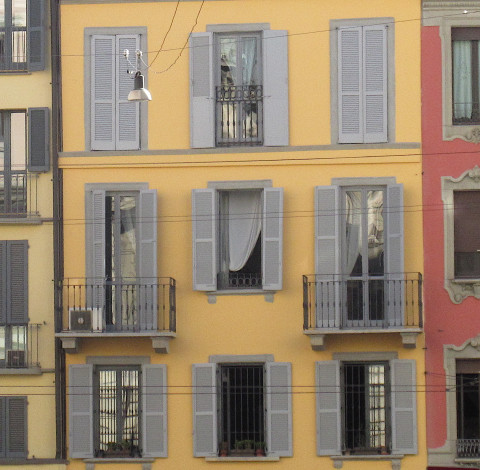Number of Days WFH: Implications (06-21-24)
Bloom and colleagues continue their research into working offsite. The team reports in their most recent journal article that they “ran a six-month randomized control trial investigating the effects of hybrid working from home on 1,612 employees [with university degrees] in a Chinese technology company in 2021–2022. We found that hybrid working improved job satisfaction and reduced quit rates by one-third. The reduction in quit rates was significant for non-managers, female employees and those with long commutes. . . .
